The other day I read a list of fun facts about “The Wizard of Oz,” one of which was “reports suggest each Munchkin earned $50 per week, while Toto bagged $125 per week.”
The notion that animals out-earn their human counterparts is one I hear occasionally, most often from a low-budget producer who is balking at the idea that an animal might earn more than he does…
I thought perhaps it would be useful if I explained some of what goes into the animal team budget, and why it sometimes seems like an animal is earning more than a human:
- Nine times out of ten, this just is not true. On all but the smallest jobs, the actors earn more, often far more than the animals.
- Animals and trainers get no residuals. The actors may earn twenty times more in the years to come than they did on the day, while the animal team earns nothing after that day;
- The animal fee includes more than one animal, often 3 or 4 per character;
- The animal fee is divided between at least 2 on-set trainers;
- The animal fee subsidizes employees back at the ranch caring for the other animals;
- The animal fee includes weeks or months of prep time spent training and rehearsing the scenes. You can just tell an actor to climb the ladder, but it may take weeks to train an animal to climb the same ladder;
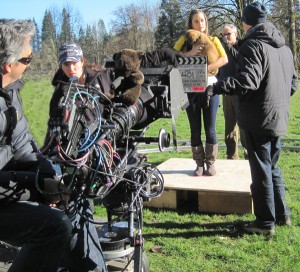
- Animals never earn more: even when we are working on 100M movie and the actors are getting millions each, the animals and trainers are getting essentially the same amount that may have seemed large on a tiny production. So the actor or producer will climb the ladder and earn far more later in his career to average out the small paying early jobs, while the animal has to earn a fair and livable wage on every project;
- It is quite expensive to feed even a few large carnivores per day;
- The animal team often works longer hours than actors: after wrap, the cast and much of the crew may go out for drinks and then back to the hotel. We are feeding, exercising, walking, grooming, picking up poop, changing bedding, and repairing tack, and then we may get up hours before anyone else to take the animals out for some exercise before filming begins;
- The animal team works 7 days per week: when almost everyone else gets a day off, we still need to be taking care of the animals, feeding, and practicing with them so they are ready for their next scene;
- An animal and trainer may have spent years of unpaid training to be ready;
- Sometimes the animal simply has a bigger part. For example, Toto had a more central and larger role than any Munchkin and appeared in almost every scene of the movie, or Lassie or RinTinTin who put more butts in seats than most human actors;
- Sometimes the animal is extremely expensive to secure: there are countless actors available to play any role, there may only be a few snow leopards in the world;
- Often the animal has more experience and better credits;
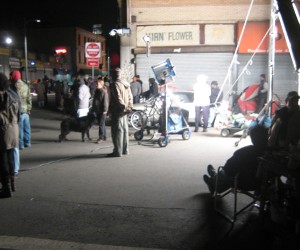
- Transport: most actors drive to set in a Prius or get a ride from production while the animal team needs a large truck and/or trailer to transport animals and keep them comfortable and safe throughout the day;
- Facilities: many animals cannot be kept in an apartment, or even a typical house, so large acreages of expensive land are required;
- The animal department has a huge array of tools that need to be purchased and maintained. Brushes, leashes, cages, beepers, clickers, looksticks, etc;
- Permits and licensing fees to legally keep animals and work them in the film industry are considerable;
- Animal companies need to maintain considerable insurance;
- Hazard compensation: working with animals generally means getting kicked, bitten, and scratched. Often times it means working with animals that are easily capable of killing a person;
- Supply/Demand: every movie needs actors, only a few need animals. This means that even the best animals may only work 20 days in their lifetime;
- After filming is complete, the animal trainer has to pay to feed and care for the animal for its lifetime, even if she never gets another job. Veterinary care, enrichment, vitamins, housing, food, etc.
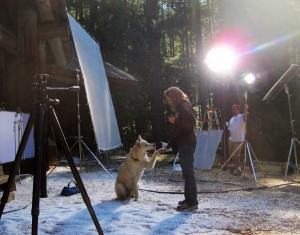
So on most jobs the human actors really earn far more than the animals. Even on days when it may appear that a single animal is making “more” money than many of the people on set, it is quite rare that the net profit of any individual person or animal in the animal department exceeds that of most actors. In fact, if you look at most animal companies, it is rare that there is a net profit. Most companies do this work because they love the animals and want to spend their days playing with them, and this work supports that passion, so none of this is a complaint! We love what we do, and wanted to explain a few of the reasons that typical industry animal rates are what they are…
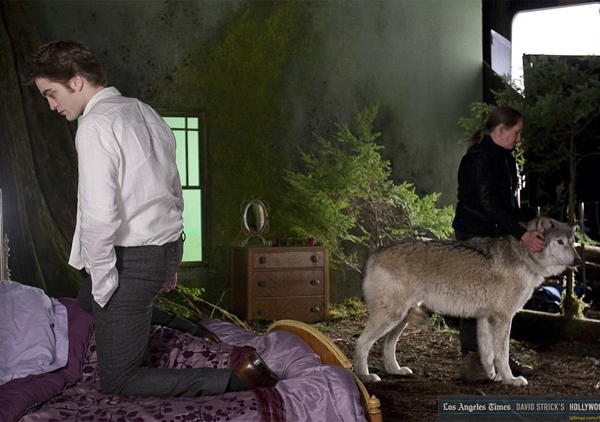
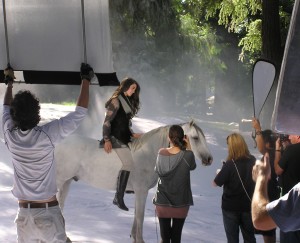

Thank you for writing this wonderful article! Exquisitely explained, accurate information, well done and very informative!
Fantastic! Very clear explanation.
Thanks! That information was great, but sad.
I think that the trainers, animals and other people who work so hard with them should be able to live a very comfortable life too.
Great article. I was wondering if you could help me find a person or place where I could look into insurance for our animal actor. He is about to appear in a movie and we are being told we should have him insured but don’t know where to start. Thank you!